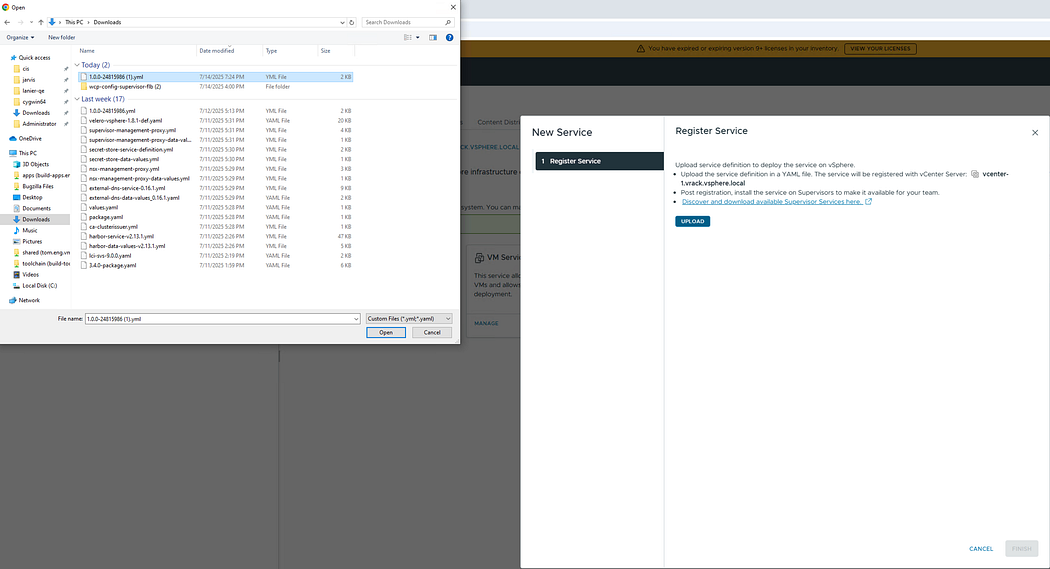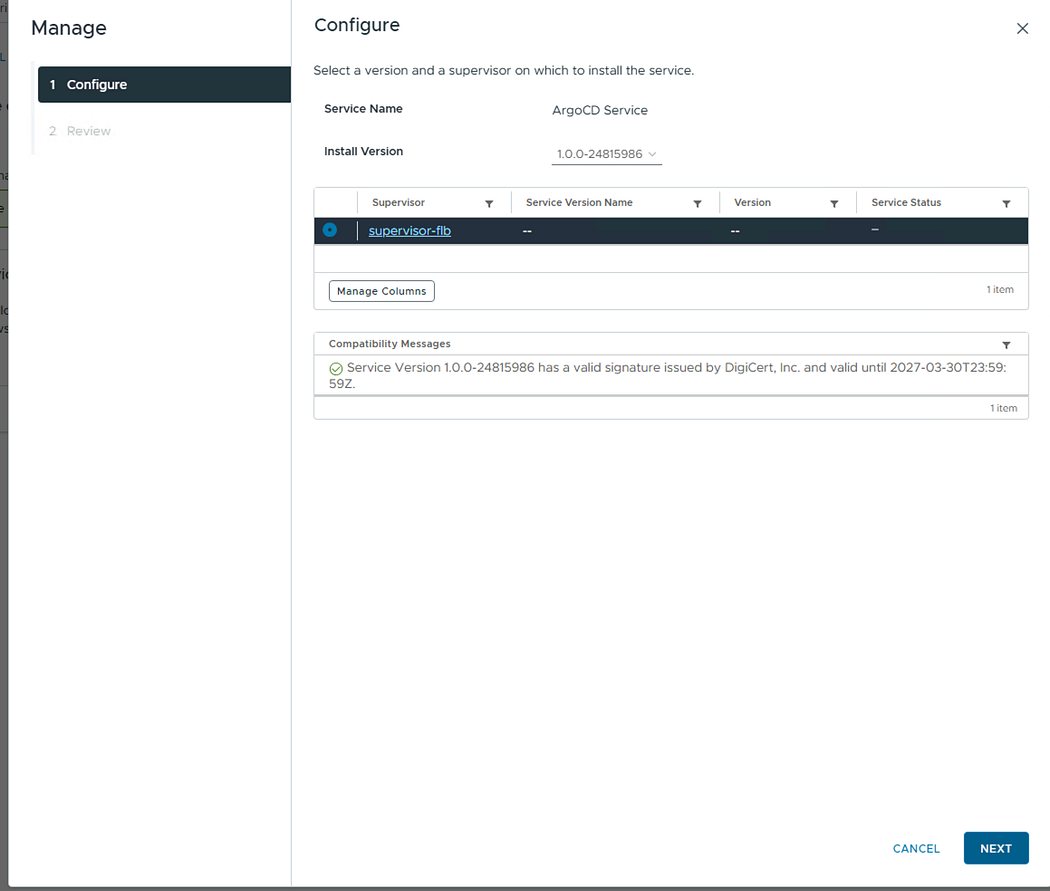Argo CD Support in VCF 9.0 — Enabling GitOps for Your Modern Infrastructure ( Part 01)
ArgoCD Operator is now compatible with VCF 9.0 and available as part of the vSphere Supervisor Release 9.0.0.0100 release. VMware By Broadcom takes another major step in strengthening its Kubernetes platform. One of the key highlights in the VCF 9.0 release is the official support for Argo CD, the industry-leading GitOps continuous delivery tool for Kubernetes. This integration significantly simplifies the adoption of GitOps across private cloud environments, enabling platform teams and developers to build automated, version-controlled delivery pipelines. Whether you’re managing Kubernetes clusters, deploying containerised workloads, or working with vSphere Pods and VMs, Argo CD in VCF 9.0 brings a consistent and scalable approach to modern application delivery.
What is Argo CD?
Argo CD is a declarative, GitOps-based continuous delivery tool for Kubernetes, automating the deployment of desired application states stored in Git repositories to enable consistent, secure, and scalable software delivery. GitOps becomes a native part of the VCF platform, empowering teams to manage both traditional and modern workloads in a consistent, automated manner.
Prerequisites
→ vSphere Supervisor Release 9.0.0.010
→ Supervisor should be up and running
→ Supervisor K8s Version: v1.30.10
Note: With VCF 9.0, you can upgrade the supervisor cluster in an async fashion. Follow the link below to upgrade the supervisor for the ArgoCD operator installation, in case of the K8s version mismatch
Enabling ArgoCD Operator on VKS
Step 1: Download the ArgoCD package https:/support.broadcom.com/


Step 2:- Navigate to Supervisor Management → Service

Step 3:- Click Add a New Service → Upload and select the package.yaml

Click Open → Click Next

ArgoCD operator tile will be available to install.

Step 4: ArgoCD Operator installation on the Supervisor.
Click on the Action → Manage Service

Select the Supervisor, and click Next

- Go to the Supervisor Services Overview to check the Argo CD Operator installation status. It will be in the Configuring State.

Once the Service status changes from Configuring → Configured. It shows that ArgoCD Operator is installed successfully.

Validation
The ArgoCD Operator POD should be up & running in the svc-argocd-service-domain-xx vSphere Namespace.

In this blog, we explored how to enable the Argo CD Operator as a Supervisor Service on a VKS cluster. In the next blog, we’ll walk through the creation of an Argo CD instance and demonstrate how to manage a VKS cluster using a GitOps-driven approach.
Final Thoughts
The introduction of Argo CD support in VCF 9.0 is a major step forward in modernizing Kubernetes lifecycle management and enabling true GitOps practices. Enterprises can now confidently use Argo CD in a fully integrated, validated, and secure manner within their private cloud infrastructure powered by VCF.
Comments
Post a Comment